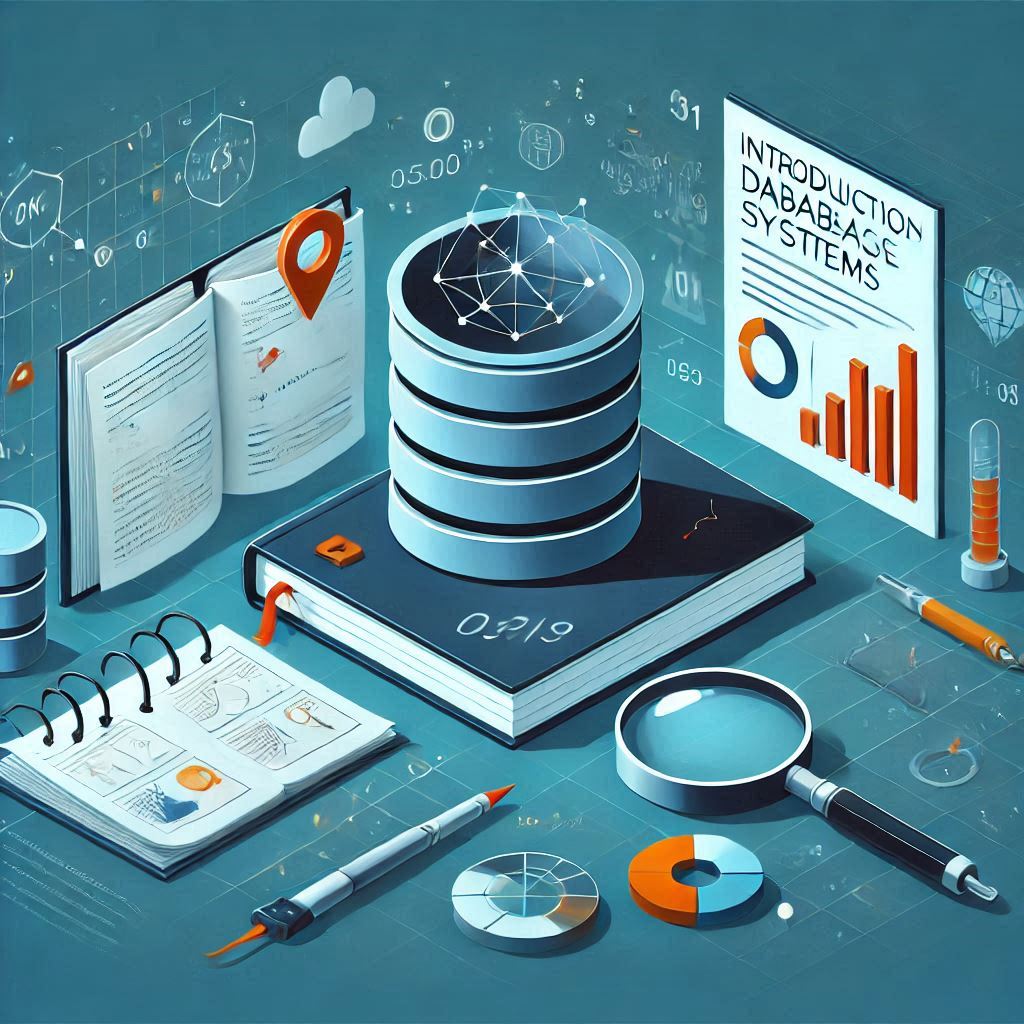In today’s world, data is a critical asset for businesses, organizations, and even individuals. Whether it’s tracking customer purchases, managing employee records, or analyzing website traffic, data plays a pivotal role in decision-making and operations. But how do we organize, store, and retrieve vast amounts of data efficiently? Enter Database Management Systems (DBMS).
What is a Database Management System?
A Database Management System (DBMS) is software that enables users to define, create, maintain, and control access to databases. A database, in simple terms, is an organized collection of data that can be easily accessed, managed, and updated. The DBMS acts as an intermediary between users and the database, ensuring that data is consistently organized and remains accessible.
Why Use a DBMS?
The primary goal of a DBMS is to provide a systematic way to manage data while ensuring its integrity, security, and availability. Here are some key advantages of using a DBMS:
- Data Organization and Management: A DBMS organizes data into tables, making it easier to retrieve and manipulate.
- Data Integrity: It ensures data accuracy and consistency by enforcing rules and constraints.
- Security: Access controls in a DBMS protect sensitive information from unauthorized users.
- Concurrency: Multiple users can access and work with the database simultaneously without conflicts.
- Backup and Recovery: DBMS systems provide tools to back up data and recover it in case of failures.
Types of DBMS
There are several types of database management systems, each designed for specific use cases. The main types include:
- Relational DBMS (RDBMS): Stores data in tables with rows and columns. SQL (Structured Query Language) is typically used to interact with RDBMS. Examples include MySQL, PostgreSQL, and Oracle Database.
- NoSQL DBMS: Designed for unstructured or semi-structured data, NoSQL databases are highly scalable and often used in big data applications. Examples include MongoDB, Cassandra, and Redis.
- Hierarchical DBMS: Organizes data in a tree-like structure. Each child record has one parent, making it ideal for applications with a clear hierarchy, such as organizational charts.
- Network DBMS: Uses a graph structure to represent and manage relationships between data. It is more flexible than hierarchical DBMS and supports many-to-many relationships.
- Object-oriented DBMS: Stores data as objects, similar to object-oriented programming. Examples include db4o and ObjectDB.
Components of a DBMS
A DBMS typically consists of the following components:
- Database Engine: The core service for storing, processing, and securing data.
- Query Processor: Interprets and executes database queries.
- Schema: Defines the structure of the database, including tables, fields, and relationships.
- Transaction Management: Ensures that database operations are completed successfully and maintains data consistency.
- User Interface: Allows users to interact with the database, either through graphical tools or command-line interfaces.
Applications of DBMS
Database management systems are used across various industries and domains, including:
- E-commerce: Managing product catalogs, customer data, and order processing.
- Healthcare: Storing patient records, appointment scheduling, and medical research data.
- Finance: Handling transactions, account information, and fraud detection.
- Education: Maintaining student records, course schedules, and grades.
- Social Media: Managing user profiles, posts, and interactions.
Conclusion
Database Management Systems are the backbone of modern data-driven applications. They simplify the complexities of data management, enabling businesses to operate more efficiently and make informed decisions. Whether you’re a budding software developer or a seasoned IT professional, understanding DBMS concepts is essential in today’s tech landscape.
If you’re interested in diving deeper, consider exploring popular DBMS platforms and experimenting with their features to see how they can address real-world data challenges.
